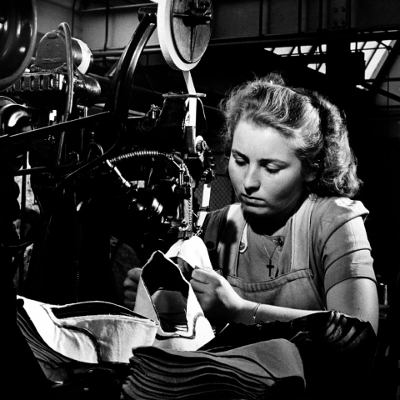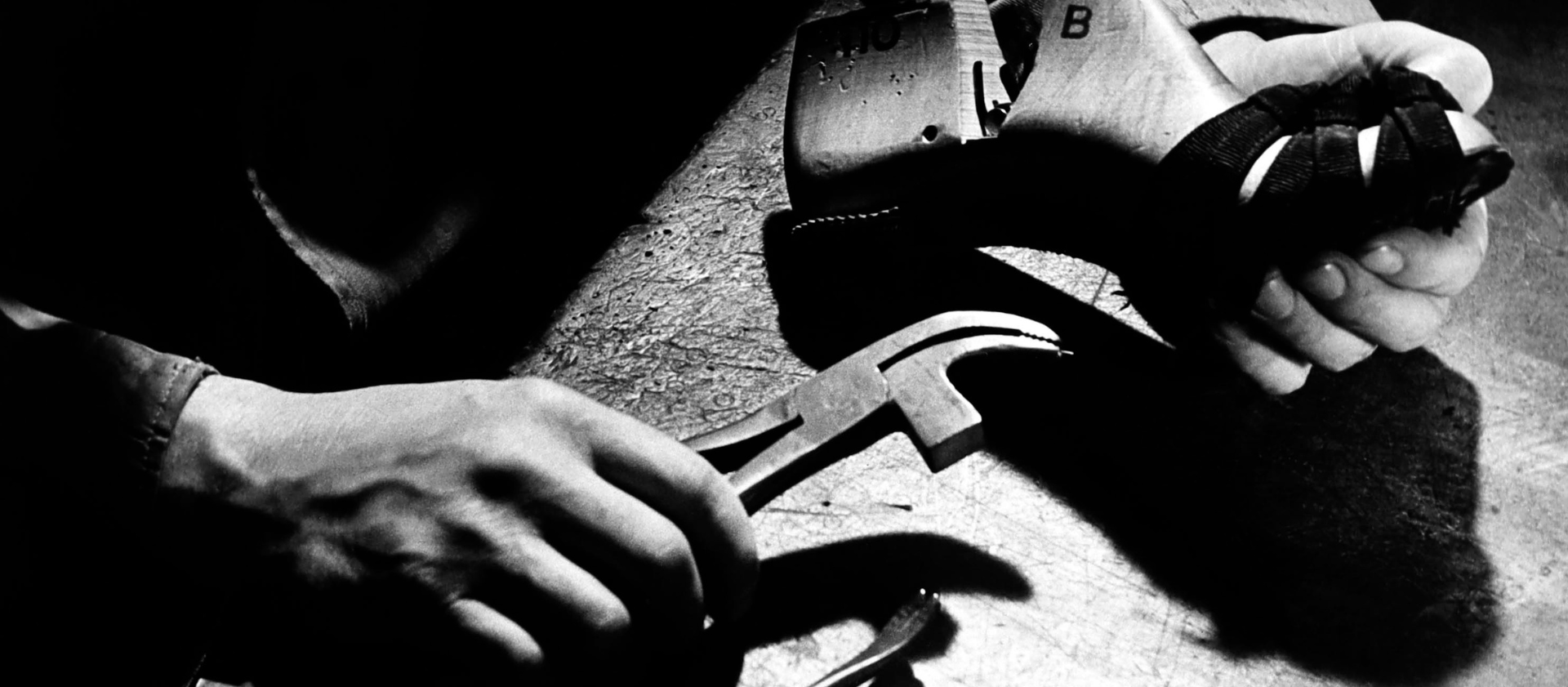Esdelle Works
Edwards and Holmes Ltd was founded in 1891 by Henry Holmes and W.C. Edwards, producing shoes from a four-room cottage on Pottergate, Norwich.

The business expanded several times over the next five years, eventually moving into a purpose-built factory on Esdelle Street in 1896.
Edwards retired from the firm in 1899, while Holmes continued to expand production until the Esdelle Street factory was no longer capable of keeping up with orders. In 1913 work was completed on a new three-storey red-brick building on Drayton Road, reputed at the time to be the most advanced factory in the country. Despite the change of location, the factory continued to be known as the 'Esdelle Works'.
After the First World War the firm began to concentrate on women's fashion shoes for the home market, having previously exported the majority of their products.
An extra building was added in 1919, and the Esdelle Works received a further upgrade in 1933 when the company installed a moving conveyor belt, one of the first shoe firms to do so. However, this meant that workers were not able to spend as much time on each shoe, so some finishing touches were left out of the final product. Edwards and Holmes eventually went back to the old system of transporting shoes on racks to maintain the quality they had become known for.
In 1942, the factory was completely destroyed during an air raid. There was "nothing left of the huge, red-brick, three-storey building," recounted Peter Holmes, only "rubble, twisted girders and molten machinery". Following the destruction, the company continued its operations until the end of the war from two smaller works on Westwick Street and Starling Road.
After the war large-scale production resumed at the Drayton Road, where a new two-story factory spanned 75,000 square feet. View an aerial photograph of the factory on the Britain from Above website.
The upper materials, clicking and closing departments were housed on the first floor and the making, finishing, packing and storage departments took up the ground floor. Edwards and Holmes had established a reputation for their technological advancements and on its completion in 1948 the directors took pride in proclaiming the new Esdelle Works as "one of the most up-to-date shoe factories in the world".
During the 1940s the firm cemented its reputation for producing high-quality women's shoes, thanks to a new managing director, W.D. Forrest, who concentrated efforts on creating not just well-made footwear, but also elegant, fashionable designs.
By 1949, Edwards and Holmes employed 1,500 out of the 10,000 shoe workers in Norwich.
Henry Holmes was also the founder of The Museum of Norwich at the Bridewell. He donated the Bridewell building, a former house of correction, to the city of Norwich in 1925 as a museum of local industry. You can explore the history of the Norwich shoe trade at the museum and see some of Edwards and Holmes' shoes on display.












